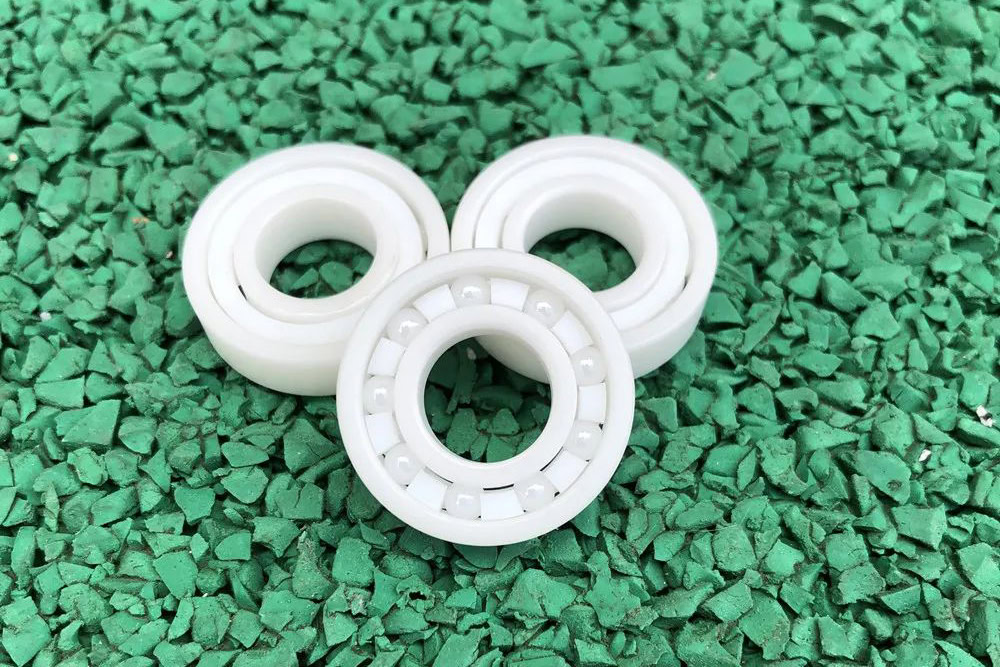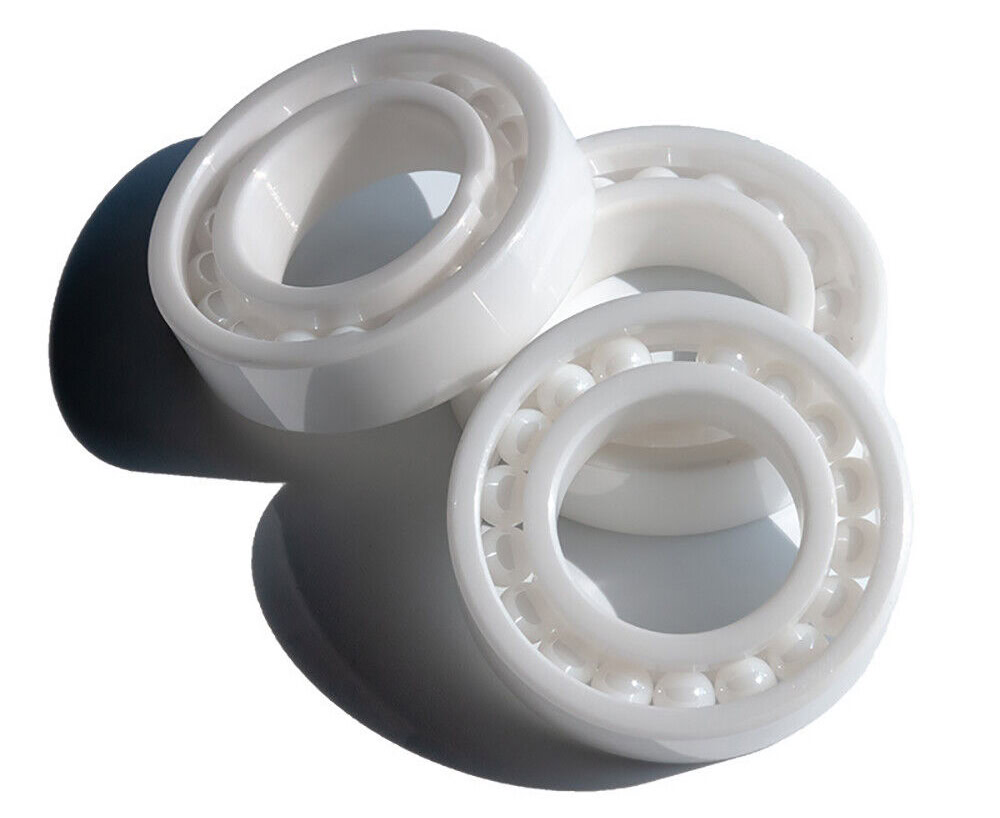
Bearing Manufacturer & Supplier
Specialize in ball bearings, roller bearings, thrust bearings, thin section bearings etc.
Effect of High Temperature on Zirconia Ceramic Bearings
Zirconia ceramic bearings are a type of high-performance bearing material with numerous unique advantages. Firstly, they exhibit extremely high hardness, second only to diamond, allowing them to withstand high pressure and friction. Secondly, zirconia ceramic is chemically stable, corrosion-resistant, and capable of maintaining stable performance in extreme environments. Additionally, zirconia ceramic boasts excellent electrical insulation properties, suitable for various electrical and electronic applications.
Table of Contents
ToggleImpact of High Temperature on Zirconia Ceramic Bearings
The operating temperature of zirconia ceramic bearings depends on their manufacturing materials and processes. Conventional zirconia ceramic bearings can typically operate at temperatures ranging from 300°C to 400°C, while specially processed zirconia ceramic bearings, such as those using full complement balls, can operate at even higher temperatures around 1000°C.
Despite its many advantages, zirconia ceramic bearings have some limitations, particularly regarding temperature sensitivity. At elevated temperatures, zirconia ceramic may soften, expand, or oxidize, leading to a decrease in its physical and mechanical properties. Specifically, high temperatures can cause the following issues:

Decreased physical and mechanical performance: With increasing temperature, the hardness and strength of zirconia ceramic may decrease, reducing its wear resistance and load-bearing capacity, potentially shortening bearing lifespan or causing failure.
Reduced lubrication performance: In high-temperature environments, lubricants are prone to oxidation or loss, increasing friction and accelerating wear. This not only affects bearing performance but also increases energy consumption and maintenance costs.
Deformation or failure of retainers: At high temperatures, retainer materials may undergo thermal expansion or deformation, leading to reduced load-carrying capacity and stability. Retainer failure can prevent bearings from functioning properly.
Preventive Measures
To ensure stable operation of zirconia ceramic bearings in high-temperature environments, several preventive measures can be taken:
Select suitable lubricants for high-temperature environments to ensure adequate lubrication under specific working conditions.
Control operating temperatures by minimizing exposure to high temperatures through enhanced cooling, optimized thermal design, etc.
Use high-temperature resistant materials for retainers and bearing cages to improve heat resistance and extend bearing lifespan.
Implement regular maintenance and monitoring to detect and address issues promptly. Monitoring parameters such as bearing operating temperature allows for timely adjustments to prevent adverse effects from excessive temperatures.
Despite its advantages, cautious use of zirconia ceramic bearings in high-temperature environments is crucial. Understanding the effects of high temperatures and implementing preventive measures can prolong bearing lifespan and ensure stable operation of equipment, which is crucial for industrial production and mechanical performance. With ongoing advancements in materials science and engineering, the performance and applications of zirconia ceramic bearings are expected to further improve and expand in the future.
